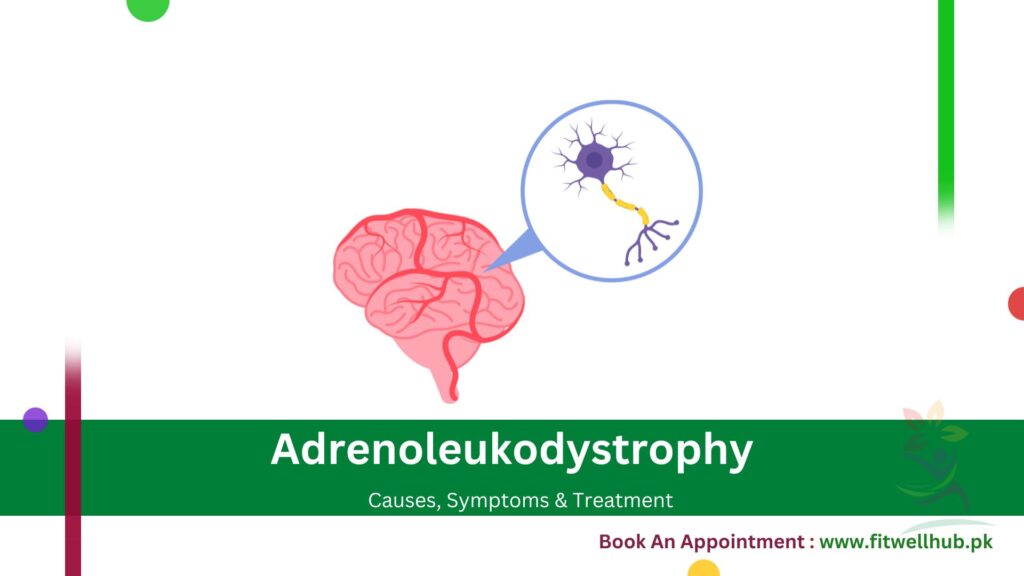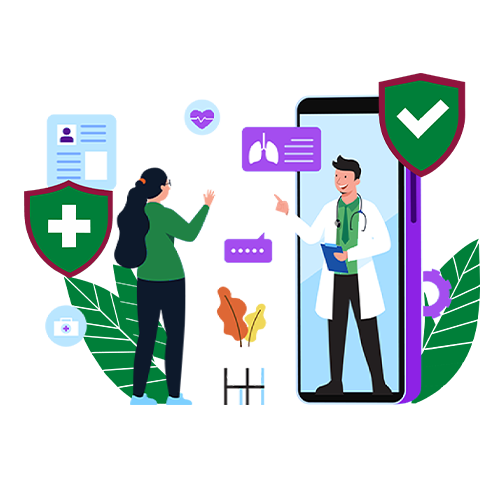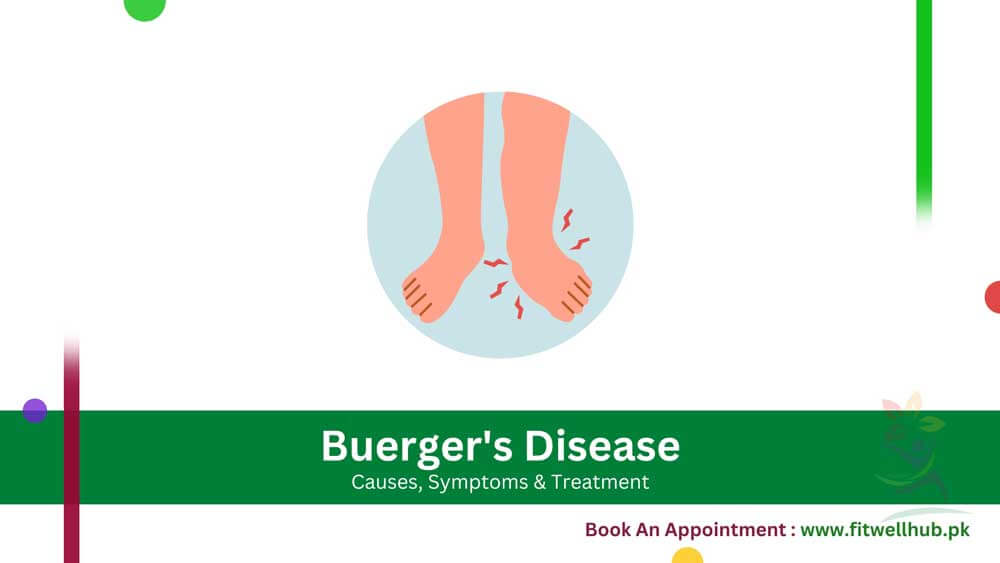Adrenoleukodystrophy (ALD) rarely occurs and is an inherited disease that usually impacts males because of their X-linked nature. It is recognized by the collection of VLCFAs (very long-chain fatty acids) in adrenal glands and the brain, resulting in significant damage to the protective layer named myelin sheath surrounding nerve cells.
Quick Links
ToggleALD appears in many forms, the most severe one is childhood cerebral ALD, which causes fast neurological decline. Another form is AMN (Adrenomyeloneuropathy), which impacts adults and causes spinal cord dysfunction and Addison’s disease due to adrenal insufficiency.
Doctors can diagnose ALD by checking VLCFA levels and conducting genetic testing. Although there is no proper treatment to cure ALD, doctors can control it by managing its symptoms and slowing disease progression. For this purpose, doctors use treatments including hormone replacement therapy, stem cell transplants, and Lorenzo’s Oil. To achieve improved results, we need newborn screenings for early diagnosis and research into gene therapy.
Symptoms
Adrenoleukodystrophy (ALD) has a range of symptoms, which differ depending on the type and progress of the disease. Some symptoms of ALD are:
1- Behavioral Changes
Behavioral changes are typically one of the first signs that appear with childhood cerebral ALD. Examples include hyperactivity, irritability, aggression, or a school performance falloff.
These may appear to be like attention-deficit hyperactivity disorder (ADHD) or other neurobehavioral disorders, delaying diagnosis. As this ailment advances, these behavioral changes deteriorate further leading to severe intellectual impairments, loss of self-care skills, and finally vegetative state.
2- Vision & Hearing Loss
The degeneration of myelin sheath as ALD advances, particularly in the form called childhood cerebral ALD, leads to impairment of the brain’s visual and auditory processing. This can lead to either partial or complete blindness or deafness.
Children with visual or auditory processing impairments will have difficulties when faced with reading or listening tasks. Communication and daily living become even more complex due to sensory loss, making it difficult for individuals to hear what others are saying.
3- Muscle Weakness & Stiffness
ALD’s adult form called Adrenomyeloneuropathy (AMN) presents the symptoms of muscle stiffness and weakness, especially in the lower limbs. These symptoms are due to continuous degeneration of peripheral nerves and spinal cord.
People may observe balance problems, gradual loss of motion, and difficulties in walking. With time, this stiffness may cause spasticity, in which the muscles become very tight, leading to severe restrictions on mobility.
When to See a Doctor
It is necessary to get medical advice if an individual presents symptoms such as behavioral changes, muscle stiffness or weakness, coordination problems, or hearing or vision loss. Early detection of ALD leads to improved treatment results, as it may slow the growth of this disease. If someone has a family history of this disease, healthcare providers further recommend genetic testing and counseling.
FitwellHub provides specialized diagnostic and managing services for diseases such as ALD. FitwellHub offers the services of experienced healthcare professionals if you need neurological evaluation, genetic testing, and ongoing management. If you want to book your consultation with doctors, visit Fitwellhub.
Causes
Adrenoleukodystrophy (ALD) mainly arises from genetic mutations that interfere with the metabolism of very long-chain fatty acids (VLCFAs), causing their accumulation in the brain and adrenal glands. The inability to break these VLCFAs by mutations leads to the progressive demise of myelin sheaths and adrenal functions.
Common Causes:
1- Genetic Mutations
The main cause of ALD is genetic mutations in the gene named ABCD1, found on the X chromosome. This gene instructs to produce a protein that helps in the transportation of VLCFA into peroxisomes where they metabolize.
In case this gene experiences a mutation, it leads to the production of a faulty protein that fails to efficiently transfer VLCFA causing an accumulation hence damage occurs on the brain and adrenal glands.
2- X-linked Inheritance
ALD is an X-linked recessive disorder caused by a mutation in a single gene located on the X chromosome. Boys who have only one x chromosome, are more affected severely since they lack a second possibly normal gene copy while girls who have two chromosomes, normally carry the disease and may show mild symptoms or none at all but can transmit the diseased genes into their children’s.
3- Defective Peroxisomes
Peroxisomes are cell organelles used to break VLCFAs. ALD is characterized by a defect or decrease in the number of these organelles and, as such, causes an inability to effectively metabolize VLCFAs. Consequently, these fatty acids accumulate, destroying myelin sheath resulting in reduced nerve function.
4- Accumulation of Very Long-Chain Fatty Acids
The brain and adrenal glands suffer from an excess amount of VLCFAs as a result of the abnormal ABCD1 gene. These fatty acids can be toxic to neurons and myelin which eventually lead to demyelination within the central nervous system and adrenal insufficiency. It also disturbs normal cellular processes leading to neurological as well as endocrine symptoms associated with ALD.
5- Adrenal Gland Dysfunction
VLCFAs damage adrenal glands resulting in adrenal insufficiency experienced by most patients with ALD. This failure leads to insufficient production of vital hormones like cortisol and aldosterone causing weight loss, fatigue, hypertension, etc. It is important to manage adrenal inadequacy for the well-being of the patient and to control symptoms.
Risk Factors
Several risk factors are associated with ALD given:
| Topic | Details |
|---|---|
| Family History | Family history is a prominent risk factor due to its X-linked recessive inheritance pattern. |
| Genetic Mutations in the ABCD1 Gene | The ABCD1 gene has several genetic mutations that directly cause this disease, predominantly affecting males with only one X chromosome. |
| Racial and Population Differences | ALD can impact people from all races, but certain populations have a higher chance of developing the disease due to genetic differences. |
| Females as Carriers | Females with mutated genes have a higher risk of developing mild symptoms and can transfer mutations to newborns, making genetic counseling and testing important. |
| Regular Check-ups | People with metabolic or genetic disorders have a higher risk, complicating ALD diagnosis and treatment. Regular check-ups and early intervention are needed. |
Complications
ALD can cause many severe complications because of its progressive nature and its effects on the spinal cord, adrenal glands, and brain. Significant complications are given below:
- Neurological Decline
- Adrenal Insufficiency
- Seizures
- Vision and Hearing Loss
- Muscle Weakness and Spasticity
Adrenoleukodystrophy (ALD) can cause a remarkable neurological decline because its progressive nature damages the myelin sheath found in the brain. It can lead to loss of coordination, motor dysfunction, and severe cognitive impairments, abruptly affecting the ability of an individual to do daily activities. In this condition, damage to the adrenal glands causes adrenal insufficiency, leading to symptoms like weight loss, significant adrenal crisis, high blood pressure, and chronic fatigue, which can become life-threatening if left untreated.
Complications like vision, hearing loss, and seizures can cause further damage to ALD management. Neurological damage may trigger seizures and requires proper medication to control. Hearing loss and vision affect the daily routine and communication of an individual. Spasticity and muscle weakness caused by damage to the spinal cord, produce mobility issues and require physical therapies to manage these complications.
Preventions
ALD can be prevented by managing its risk factors and symptoms and early detection. Effective approaches used for prevention include:
1- Genetic Counseling
Genetic Counseling is crucial for families having a history of ALD, as it benefits in evaluating the risk of disease inheritance and suggests genetic testing to prospective parents.
2- Newborn Screening
ALD can be identified before the appearance of symptoms by making an early diagnosis using the newborn screening technique. This will be helpful in early treatment and management to slow disease growth.
3- Regular Health Check-ups
People with an ALD family history are suggested to go through regular medical checkups to detect early symptoms and manage them quickly.
4- Educational Awareness
ALD can be prevented by raising awareness about its symptoms and risk factors, enabling individuals to seek medical attention promptly if signs of the disease appear.
FitwellHub offers the Healthy Elite Lifestyle Program that helps prevent different diseases including ALD. This program provides services of genetic counseling and regular health checkups.
Diagnosis
ALD can be diagnosed by clinical examination, imaging studies, and genetic testing to locate the disease and detect its severity and sensitivity level. Accurate diagnosis involves various tests discussed below:
Tests
- Genetic Testing: This test identifies mutations in the ABCD1 gene, confirming the presence of ALD. It is essential for diagnosing the condition and understanding the genetic basis of the disease. This test is used to detect ABCD1 gene mutations and confirm the presence of ALD. It is an important test for diagnosing and examining the genetic basis of ALD.
- Blood Tests for VLCFAs: Doctors use this test to measure the amount of very long-chain fatty acids (VLCFAs) in the blood, as elevated levels help diagnose ALD.
- MRI of the Brain: MRI (Magnetic Resonance Imaging) is an imaging test used to check demyelination and abnormalities in the brain that are indicators of ALD.
- Adrenal Function Tests: Doctors use adrenal function tests to examine hormone levels and the functioning of the adrenal gland, helping detect adrenal insufficiency related to ALD.
- Neurological Examination: Neurological examinations to identify symptoms of neurological decline by assessing motor and cognitive functions and the effects of this condition.
Visit FitwellHub’s Lab facilitated with state of the arts labs, offers complete diagnostic services for ALD or other diseases.
Treatment
Adrenoleukodystrophy (ALD) requires a multi-faceted approach to manage symptoms and slow disease progression. Effective treatments include:
1- Lorenzo’s Oil
Manufacturers created the dietary supplement, named Lorenzo’s oil, to lower the levels of very long-chain fatty acids in the blood. It is most effective when given early, particularly in mildly symptomatic or asymptomatic individuals.
2- Stem Cell Transplant
Transplantation of stem cells involves the replacement of damaged stem cells with healthy ones. This can stop or slow the progression of cerebral ALD and it works effectively if carried out early during the progression of this condition, ideally before extreme brain damage develops.
3- Hormone Replacement Therapy
Doctors use hormone replacement therapy (HRT) to manage adrenal insufficiency by replacing hormonal deficiencies such as aldosterone and cortisol. This treatment alleviates adrenal dysfunction-related symptoms and improves the general quality of life.
These treatments target multiple aspects of ALD and improve results for patients emphasizing the importance of early detection and tailored treatment.
Medications
Usually, controlling ALD involves various medicines to reduce symptoms and manage complications of the Adrenoleukodystrophy (ALD). The recommended medications entail:
1- Corticosteroids
Doctors use prednisone, a corticosteroid drug, to manage adrenal insufficiency by replacing hormones that the adrenal glands cannot produce. These medications help manage fatigue, low blood pressure, and weight loss associated with adrenocortical dysfunction.
2- Anti-seizure Medications
Doctors prescribe anti-seizure drugs, such as lamotrigine or valproic acid, to control seizures that may result from neuropathy caused by ALD. This type of medication helps in stabilizing electric activities within your brain, thereby lowering the number and intensity of seizures.
3- Fatty Acid Supplements
Lorenzo’s Oil is a unique combination of oleic acid and erucic acid which aids in reducing very long chain fatty acids (VLCFAs) in blood. It can slow down the progression of ALD particularly in those who have mild symptoms or are at higher risk. This supplement works best if it is part of an intensive treatment scheme.
FitwellHub offers a range of medicines to treat Adrenoleukodystrophy, including anti-seizure medications, fatty acid supplements, and corticosteroids. To learn more about their pharmacy services, visit FitwellHub’s Pharmacy and get your medicines at your doorstep.
Frequently Asked Questions (FAQ’s)
Adrenoleukodystrophy (ALD) was discovered by Dr. Hans Gerhard Creutzfeldt and Dr. Ernst Siemerling in 1923.
Adrenoleukodystrophy is inherited in an X-linked recessive pattern, primarily affecting males.
ALD is not curable, but its progression can be slowed by managing its symptoms and complications.
Typically males are more prone to ALD, but it can also impact the females and may present mild symptoms.
ALD is usually diagnosed in children aged between 4 to 10 years but can affect an individual in adulthood.














